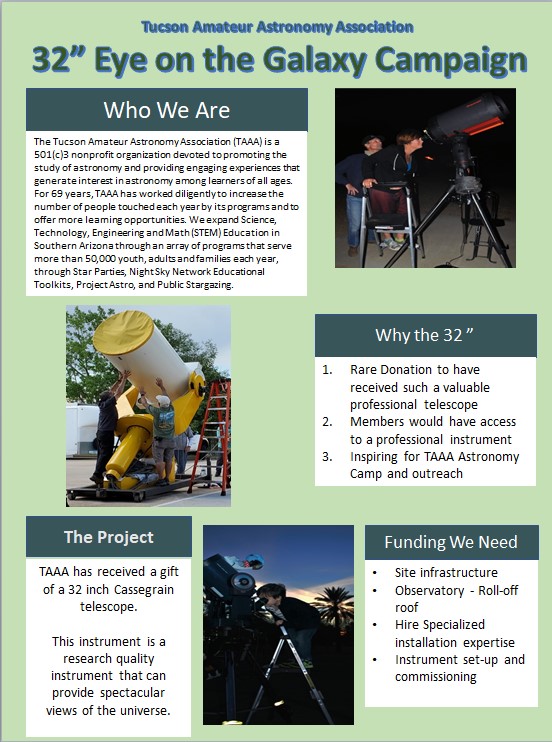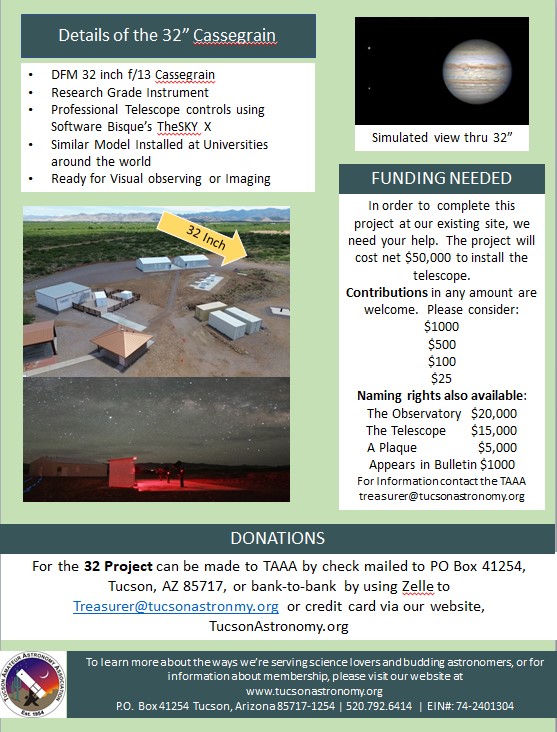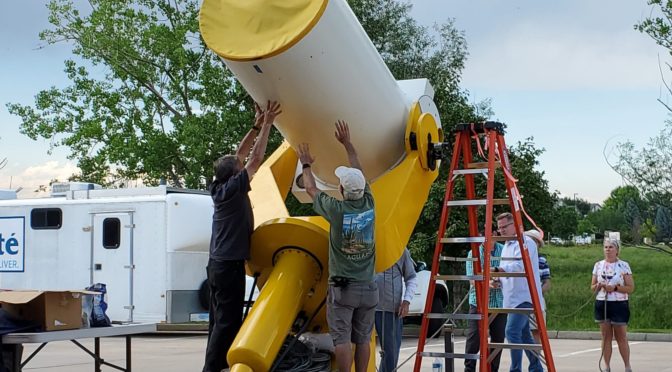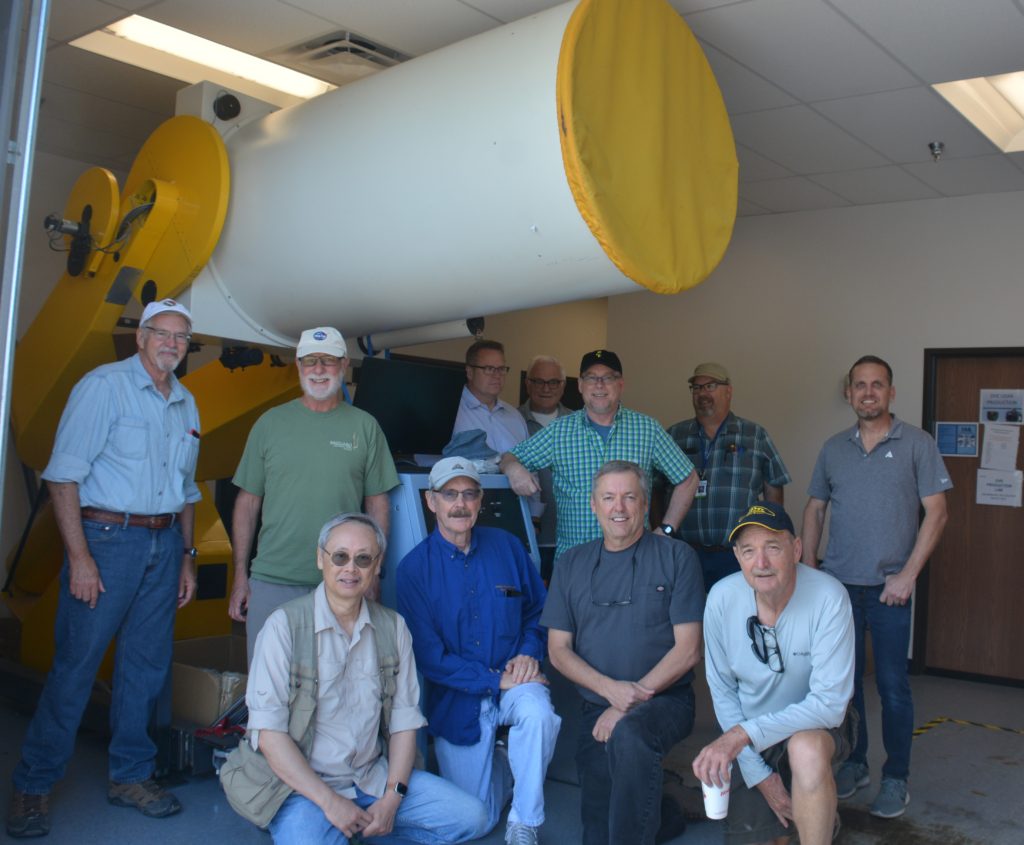
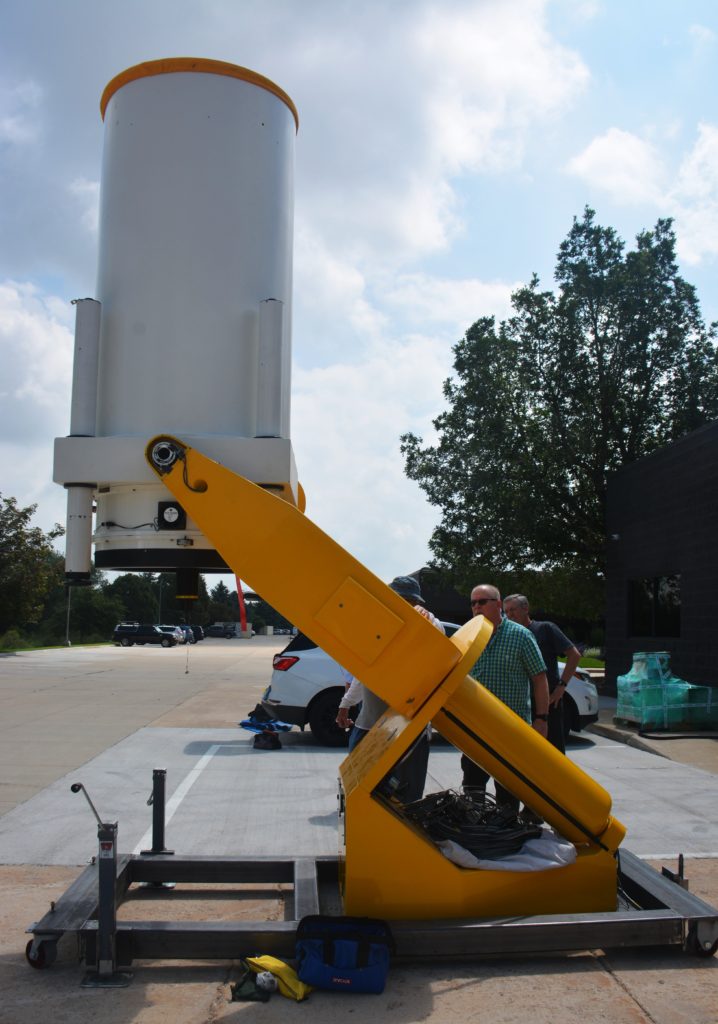
Bob Reynolds’ initial statement regarding TAAA 32 inch Telescope Project
“I’m pleased to announce that TAAA is in active discussions with a donor offering us a professional grade 32” cassegrain telescope, mount, and Ash Dome! As a result, a team composed of TAAA members along with manufacturer and donor representatives will be in Colorado in late June to disassemble, pack and transport the donation to storage sites in and around the CAC.“
In May 2023, TAAA was given the generous gift of a 32 inch research grade Cassegrain telescope, with the proviso we retrieve it from the donor in Colorado before the end of June. The company was moving to a new location and could not take this telescope with them. They had purchased the telescope in 2019. It had not been permanently installed and was unused except for a few demonstrations they had staged. A team of 11 TAAA volunteers, at their own expense, worked to receive the telescope from the donor in Longmont, CO, disassemble the telescope, load over 4100 lbs. into trucks, drive it to Cochise County AZ, unload it and place it into safe storage in a member’s barn.
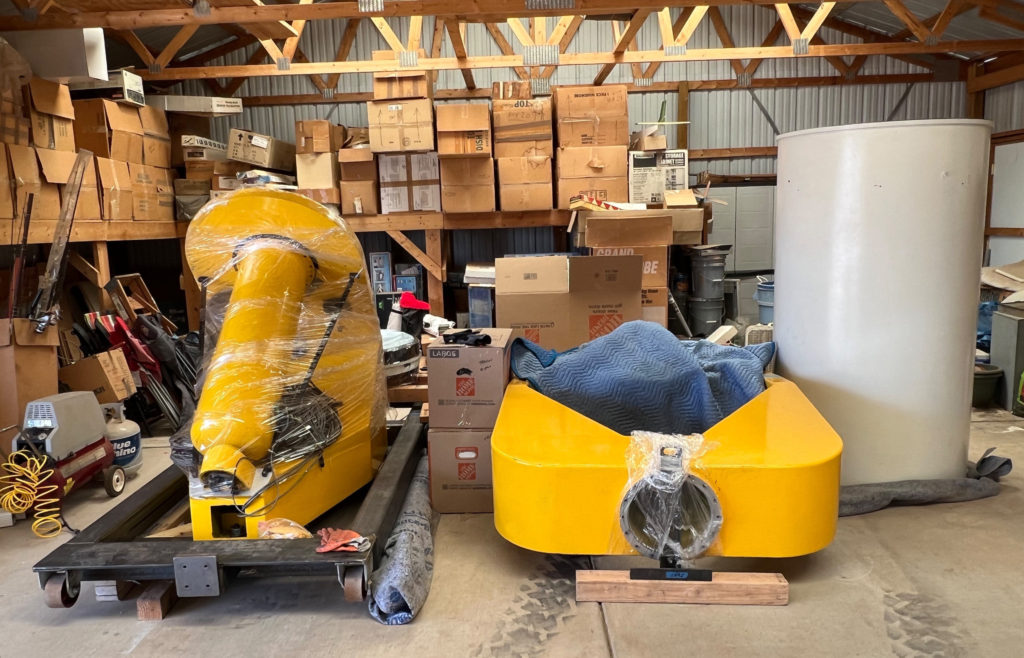
After analysis of the donation with respect to our members and how we might also use it serving the community, it was decided to move forward with the telescope installation. The first steps will be to reassemble the telescope in a newly constructed roll-off roof observatory east of the Mooney Classroom building at TAAA’s CAC dark site.
A TAAA construction team headed by Bob Reynolds and Ed Foley has been formed to attend to the details necessary to complete observatory design, construction and telescope installation. The team will be drawing on the talent and enthusiasm of TAAA to make that happen. The 32 inch Project team now includes Larry Stepp for design and safety, Bob Rose for construction, Doug Summers for optics and Tom Melscheimer for building design and instrument assembly. An Advisory Panel of astronomy professionals and TAAA members was convened in August to consider the current plans and review long term possibilities for this special telescope.
- Phase 1 – Install the telescope in a roll off roof observatory in the state we received it. Train members in its use and get to know its capabilities. Employ the telescope in TAAA outreach programs including the Astronomy Camp program.
- Phase 2 – Consider best use of the instrument for TAAA including potential optical configuration changes.
- Phase 3 – Upgrade the observatory and telescope controls to include remote operations
We have already had many members step up to donate their time to retrieve the telescope and offer to assistance constructing the observatory and installing the telescope. The construction of the observatory and installation of the the instrument is estimated to cost $75,000 in 2024. Anyone who is unable to donate their time but wishing to help with the effort can donate to the effort by noting “32 inch Project” on their check to TAAA, or by clicking the Donate Now button top right of this page.
They story of the telescope to date was reviewed in the September 2023 member meeting:
SEPTEMBER 2023 PROJECT SUMMARY VIDEO
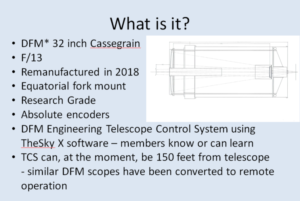
If you would like to support the project, you can also print and send this Pledge Form describing your gift.
Or Donate ONLINE following the button
